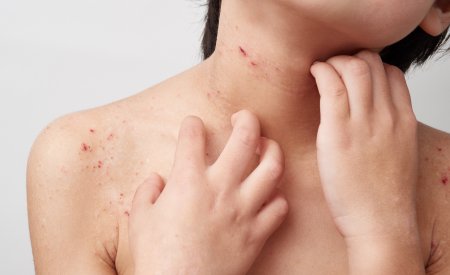Contact dermatitis: symptoms, causes and treatments
Learn more about contact dermatitis, a common skin condition that can be caused by irritants or allergens. Find out about symptoms, treatments and preventive measures to better manage your contact dermatitis.









